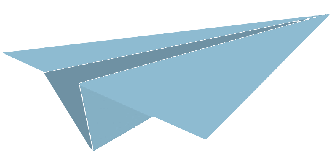In 2010 Google announced that the speed with which a website loads will have a direct impact on their page ranking. We work with many companies to streamline their websites, and boost their SEO, so naturally this is one thing we take notice to. One of the easiest yet often missed steps in SEO integration is optimizing image size. While there are WordPress plugins that can help compress images such as WP-Smasher, these plugins can only take your images so far.
In our latest example of image optimization we used the site NorthStarTaxes.com. When we originally checked site speed on Pingdom Tools We found that North Star Taxes loaded their homepage in 16 seconds. While that might be a fast time for a UFC champion to defend her title, in the world of websites, it is extremely slow.
So what can you do to remedy this problem?
Sliders
Sliders are a great way to add impressive design and call to action elements to a website. The issue arises when you use a full resolution 1080p capable image for a slider. This is further compounded when your slider has 5 of these images. In a matter of only a few seconds, we were able to take each of the images in the slider and resize them in GIMP. GIMP is a free image-editing tool that is on the same level of functionality as Photoshop. Rather than use the scale image function in GIMP, we simply saved a new jpeg image and change the compression to bring our image from 3-4 megabytes down to a few kilobytes. This change with the slider instantly reduced our overall page load time down to 6 seconds!
General Site Images
All images used for general purposes on a site need to be compressed via a photo editing solution to the smallest size possible while still retaining a quality image.
Page Titles
Site headings and titles are best as standard text. Using images instead may look great but there are two potential downfalls using this method.
Google crawlers cannot view images as words to use in page ranking based on relevance. It has been said that content is king and that is definitely true to a point. The more words on a site that have relevance the better your page ranking will be.
The images take too much of the precious loading time and slow your website down.
Rather than using a fancy image next time for a page title try using standard text to speed up your page load times.
By simply recompressing images throughout our test site we were able to bring the load time from 16 seconds down to a much more reasonable 1 1/2 seconds. This just goes to show you that in the world of quality web design, size really does matter.


